If you don’t want to pay tens of thousands of credits for a stack of Kutonium, if you want to get rich, or if you just need to burn 3 real-life days, this is how to do it without that pesky YOLOL chip.
Setting the Stage

So you want that sweet, sweet Kutonium. It’s the hottest ore on the block (sometimes), and you need some to make many of the crafting bench upgrades and progress through the game. You can buy it on the auction market – if you’re DAFT. Or stupendously rich. As of the time of this guide’s creation, this stuff costs 50,000 in-game credits per stack, and the price is highly volatile. (So volatile that it was 80,000 YESTERDAY)
But what’s a low-tech early-game plebeian to do? Researching higher-tech ship parts takes a lot of time and effort. Research points are gained through crafting, and crafting can take quite a bit of time. Plus, grinding for points is no fun (unless you find it fun I guess). So what’s the solution? Low-tech flying: making your early-game technology carry you all the way to the best asteroid fields and back again safely.
Of course, if researching is your thing, you can eventually unlock the YOLOL chip and run something like ISAN on it (or create your own program if you’re a genius) that tells you your position so you know how to get home. But for the rest of us, we need to think smarter about how we fly to achieve the same results.
THE BEAST WE ARE DEALING WITH:
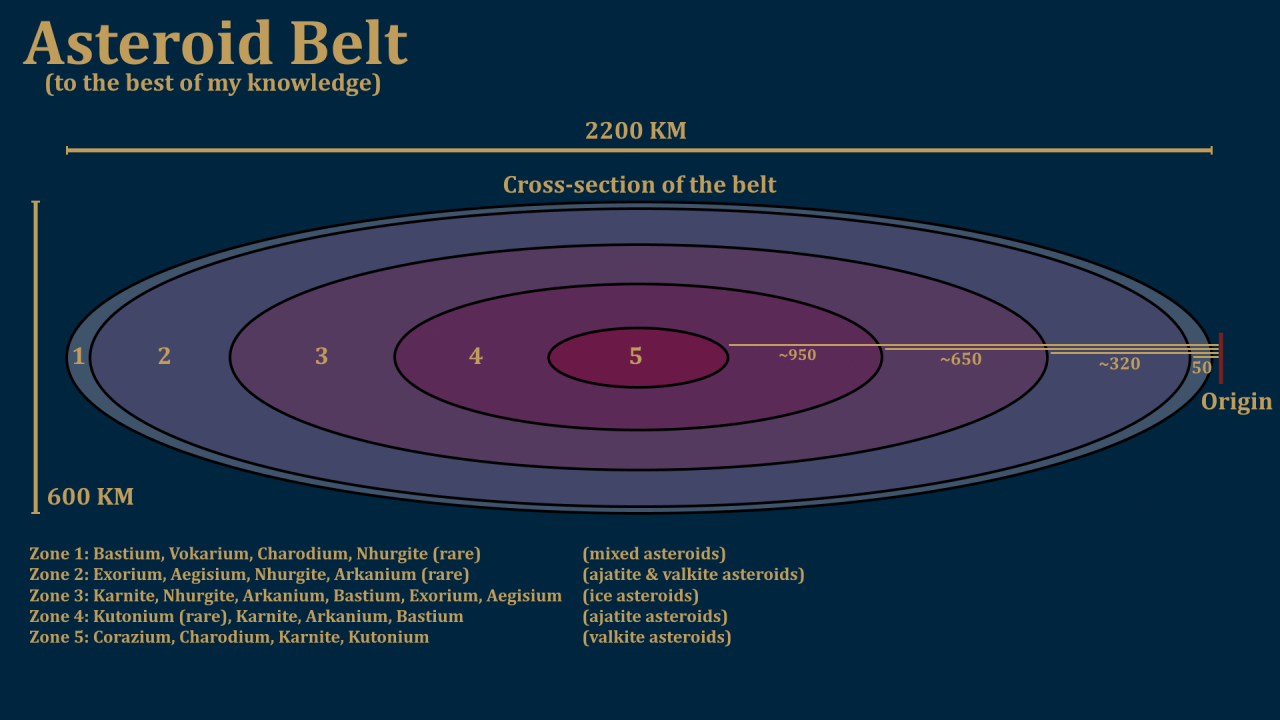
The asteroid belt is 2200 kilometers by 600 kilometers, and you start at the long end. This means it takes at LEAST 650 kilometers of traveling to get to the Kutonium-rich areas of Zone 4. But it’s not as easy as just going out and back – the entire way you’ll need to dodge asteroids constantly.
Worst of all, however, is that after 500 kilometers, the transponders for the Origin stations will fade out of view. This may not seem like that big of a problem at first. However, if you become disoriented in the middle of the asteroid field and can’t find your way back, you have effectively just become derelict in space. THIS is the primary issue we will be solving in this guide.
(This guide can also be used to reach Corazium in Zone 5 if you adjust some of the distances.)
Getting Ready for the Trip
BASIC STUFF
1) Know how to replace your fuel rods. I’ve seen everyone struggle with this at some point – you will want to look up how to do this if you have trouble. I believe another user’s Starbase guide contains some FAQs and covers this – if not, you can simply look it up somewhere else. (Quick tip: press “c” to toggle snapping the fuel rods into place.)
2) Know how to build a ship using the Easy Build Mode hall. This is what I used to make my ship. (I still don’t know how to use the “regular” ship designer, but don’t tell anyone.)
3) You will have to do SOME researching, but nothing terribly extensive. Research the following Tier 1 items:
- Generators and fuel rods
- Propellant tanks
- Basic cockpits
- Batteries
- Thrusters
- Cargo, of course
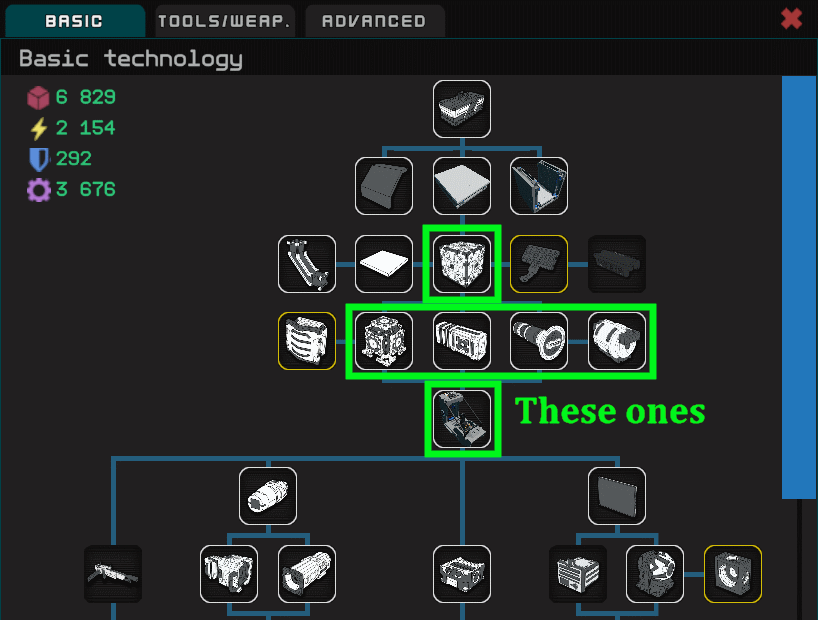
You can generally earn enough research points to unlock all of these by simply making a bunch of cargo holds. You’ll have to make a few mining trips to get the ores needed for these if you’re still using a Laborer.
4) Know how to pilot a ship with relative familiarity. The last thing you want to do is freeze up if you need to tactically dodge an asteroid at-speed.
MORE COMPLEX STUFF
1) Build your ship. This bad lad is going to have to haul some serious distance, so I recommend the following for a 120 cargo-slot build (as an example):
- 20 double propellant-tank modules (40 total tanks)
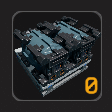
- 10 double fuel rod holders (20 total fuel rods)
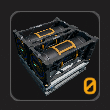
- 4 generators (remember to put them in a location where swapping out the fuel rods is easy)

- 2 large battery modules (16 total batteries)
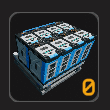
- 20 main thrusters
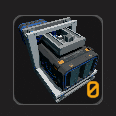

- Enough small thrusters to make the ship maneuverable, some for every direction except backwards and forwards
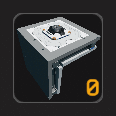
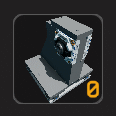
- A laborer cockpit, as this already contains all of the components necessary and some thrusters
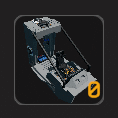
In my case, the end result of the building process became the ship I have dubbed the Long Boy.
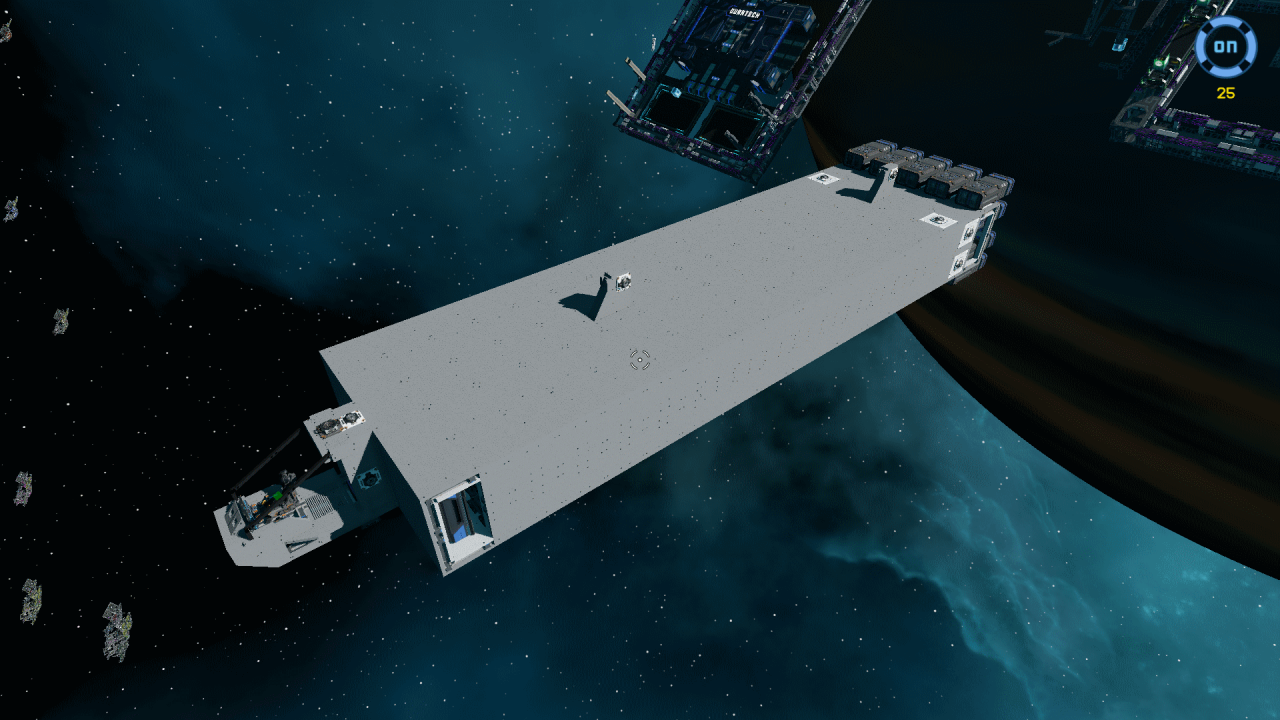
2) Get familiar with how your ship flies. Every ship will be a little different with how quickly it can turn, roll/pitch/yaw, and accelerate, and how fast it can go. Fly your ship around in the safe zone a little bit so you can get a good sense of how to dodge asteroids at max speed, and how fast you can go through clouds so you can still stop in time if an asteroid appears in front of you.
3) Determine a way to measure how far you’ve traveled. This is useful for both knowing how far your ship can go before you run out of fuel, but more importantly, this allows you to know where you are in the belt (roughly). For this, I would recommend using your fuel rod levels to estimate your distance. You can get a good idea of the fuel to distance conversion by measuring your distance with station transponders (while you can) and seeing how much fuel you’ve used to go that distance.
4) Chart your course. This is where you have to make the most important decision: do you fly straight through the belt, or do you go AROUND the belt? (Spoiler: go around.)
Going straight through requires dodging MANY more asteroids, but is slightly shorter and can seem appealing at first. However, this method has a significant drawback: once you pass the 500 km mark, the station transponders go dark. (This happens no matter where you go, but it’s a bigger problem here.) You will have to either know EXACTLY how to get back, by measuring how much you turn and correcting your trajectory PERFECTLY every time you do (this becomes very annoying very quickly), or you must NEVER TURN IN ANY DIRECTION until you turn back (which then requires a perfect 180-degree-turn) and make NO TURNS on the way out – otherwise you’ll get lost, which I will explain shortly.
There is a second, more sinister problem with traveling straight through the belt. You may think you’re flying right through to the middle of the belt… but are you? Because of how long and thin the belt is, it is very easy to miss the center entirely if you are pitched slightly up or down too much. And how would you know? You’re in the middle of a bunch of asteroids – everything looks the same.
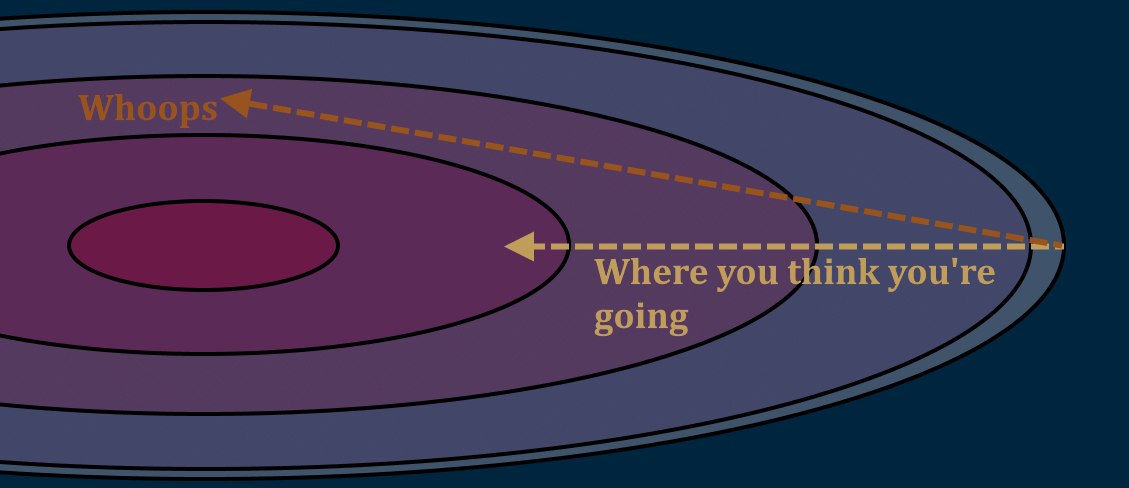
When the transponders are still in view, if you know what you are doing, you can correct this for a little while, but once they’re gone – same problem.
What you’ll be doing is going AROUND most of the belt. This is a bit longer but is MUCH more lenient with how accurate your trajectory has to be in order to both find Zone 4 itself and also return home. How lenient? I completely goofed on my way back and STILL ended up right at the origin. It is simply easier to add a few propellant tanks to your ship than it is to perfectly micromanage your direction for 700 kilometers while avoiding asteroids.
Tactical Driving
When you spawn your ship, carefully maneuver it out into the space in front of the station a few hundred meters beyond the far edge. Stop the ship here for a moment.
Orient your ship so that you are perpendicular with the belt, if you aren’t already. You will either go “over” or “under” the belt depending on how the belt slopes away from you. Observe the following image:

For most Origin stations, you can see that the wall of the asteroid belt that faces you is not actually perpendicular to the “direction” of the belt.
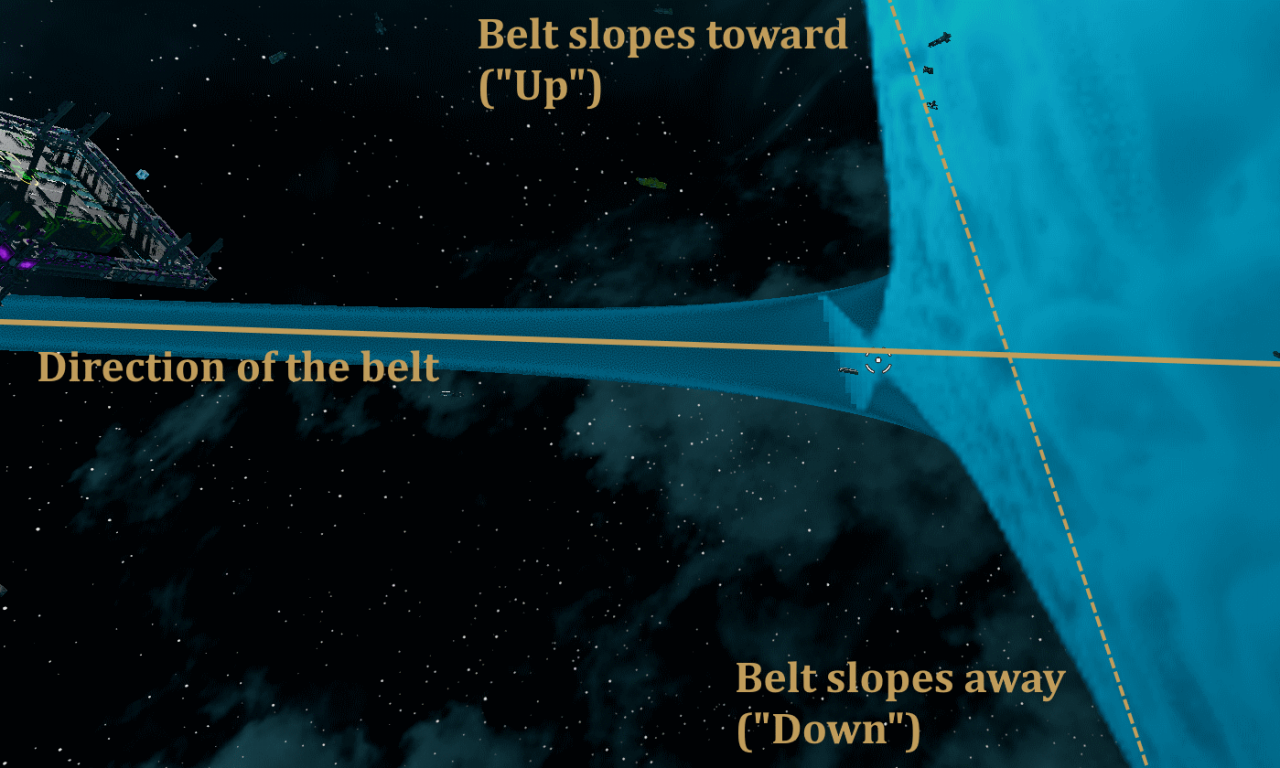
This can show you which direction is best to travel “around” the belt. In this case, you would travel “under” the belt because it is a shorter distance to reach the thinner part of the belt.
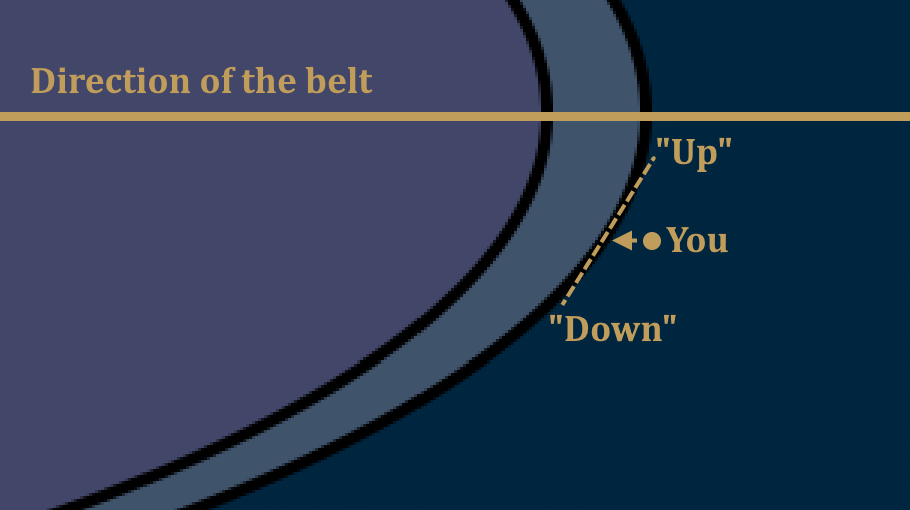
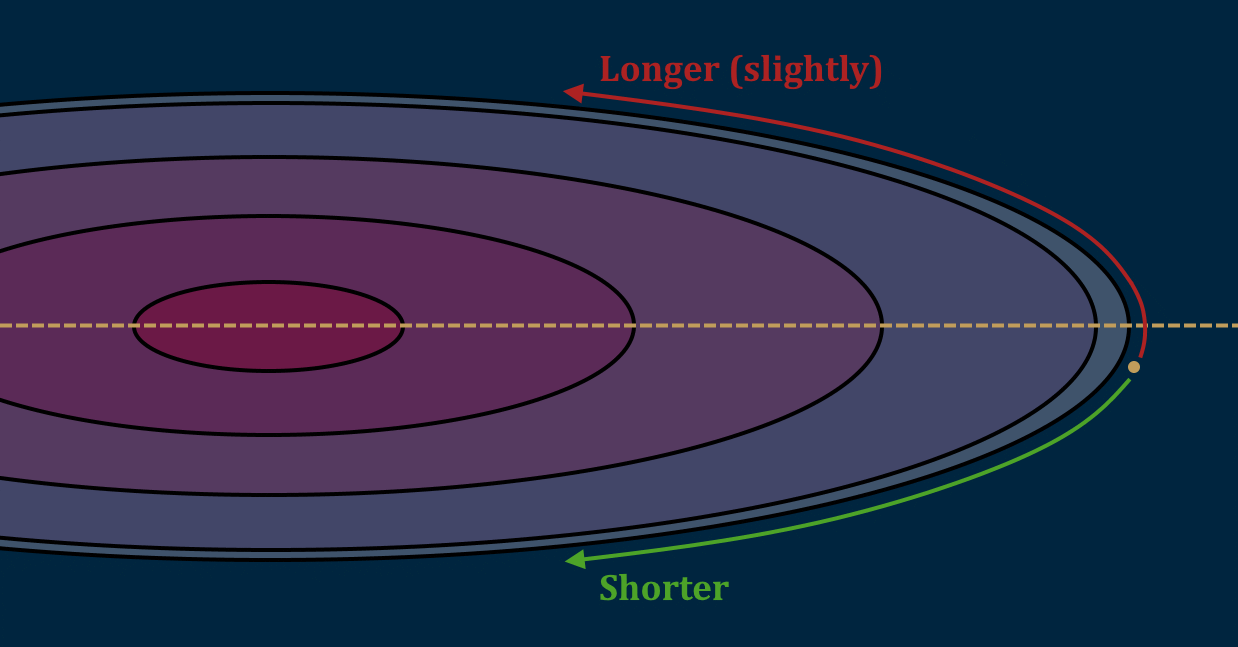
(If the wall actually DOES look perpendicular, you’re probably in one of the stations closer to the middle of the belt. You can go either direction.)
Here comes the important part.
Start with your ship parallel to the “floor” of the Origin station. It should look something like this:
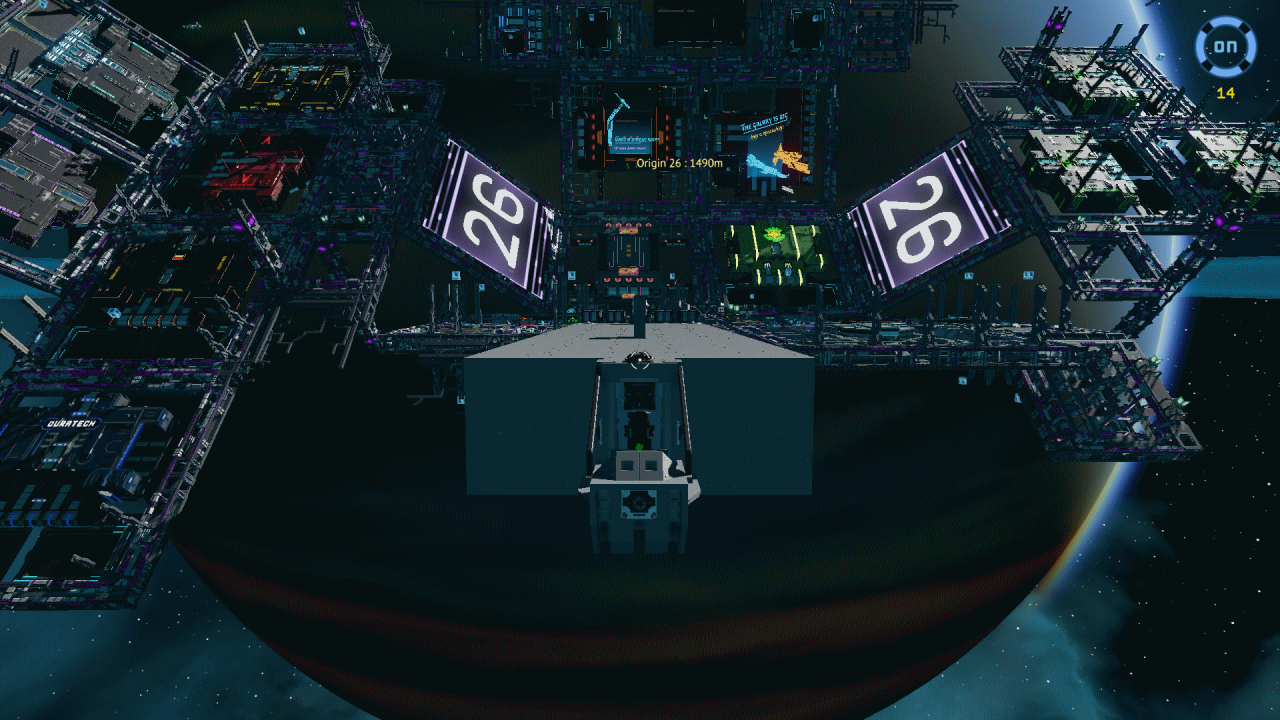
Next, roll your ship 90 degrees to one side.
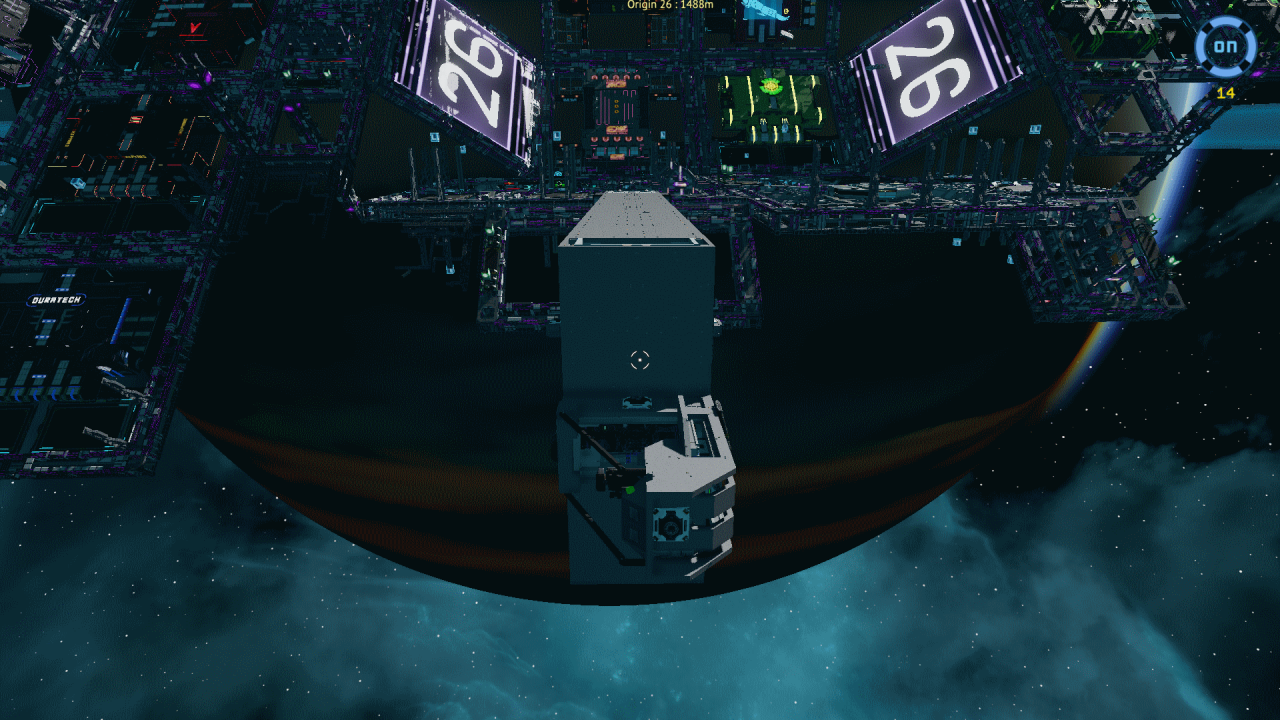
From now on, DO NOT PITCH YOUR SHIP UP OR DOWN. DO NOT ROLL YOUR SHIP. From now on, you will only “yaw” your ship (a.k.a. turn left or right) and use the arrow key thrusters. Here’s why:
If you never pitch or roll your ship, you will always remain (roughly) on the same 2D plane. If you must leave the plane (by, for example, using the arrow key up/down thrusters to get closer to an asteroid), you only do it by a finite amount; if you turn around and head home, the Origin stations will still be there. If however, during the middle of your trip, you pitch the ship up or down, you end up on a COMPLETELY DIFFERENT 2D plane, and your Origin station won’t be on it. (Rolling is a similar headache.) If you never pitch/roll the ship, you will be able to return home if you know roughly where you are in the asteroid belt. Otherwise, you’re as good as gone.
Got it? Good.
TRAVELING
Travel along the belt (keep it to your right or left, depending on which way you went). After about 850 or 900 kilometers (this is a little under one and a half fuel rod cycles in my ship), turn 90 degrees DIRECTLY into the belt. The belt and the zones will be thinner here, so you will avoid the majority of the asteroids you would have otherwise encountered if you had headed straight through the middle of the belt.

As you travel through the belt, try to dodge asteroids using the arrow key thrusters only; turn as little as possible. If you must turn, correct your turn as soon and as accurately as you can. REMEMBER: DO NOT PITCH THE SHIP. IF YOU DO, CORRECT IT IMMEDIATELY.
When traveling through clouds, remember to go slow enough so that if an asteroid appears directly in front of you, cutting the engines will stop you before you hit the asteroid.
After about another 200 kilometers or so, the asteroids will no longer be entirely ice and will instead be entirely Ajatite. At this point, you are free to mine asteroids at your leisure, as long as you STILL NEVER PITCH THE SHIP. I’m serious.
MINING
While mining, if you MUST turn it, turn your ship left or right in exact 90-degree increments, and keep track of how many turns in each direction you have taken. This is so that you know what direction you are facing relative to the direction you came from.
If you have to reach an asteroid far above or below you, ONLY use the arrow key thrusters to change altitude. This may take several minutes, and you may be tempted to simply pitch the ship. Remember: only fools pitch the ship without a chip. You’ll simply need to get used to waiting as you change elevation. I spent fifteen minutes lowering myself to a Kutonium asteroid of the largest possible size (what I fondly dub “The Masteroid”). And you will too, if you find one.
RETURNING BACK

Turn your ship to face the way you came (this is what keeping track of all your 90-degree turns was for) and head out. On your way out, it is less important to keep an exact trajectory, and you can avoid asteroids by yawing to the left/right as long as you correct your direction afterwards.
If you have ANY hesitancy determining the exact direction you came from, you can slightly favor whichever direction the origin stations are in. And I do mean SLIGHTLY. I thought I was only “slightly” favoring that direction when I was coming back from my own trip. 300 kilometers later I found the Origin 16 transponder DIRECTLY in front of me. If I had “slightly” favored the other direction, I would have gone the complete wrong way. Do not overestimate your directional capabilities in space.
Once you pop back out beyond the belt, turn in the direction you came from and head home. And all the while, STILL DON’T PITCH YOUR SHIP, because you could still end up hundreds of thousands of meters off to one side.
Once you regain your station transponder signal, go back to your home station and unload your cargo. At this time, you may do a victory roll/pitch if you feel so inclined.
GET RICH
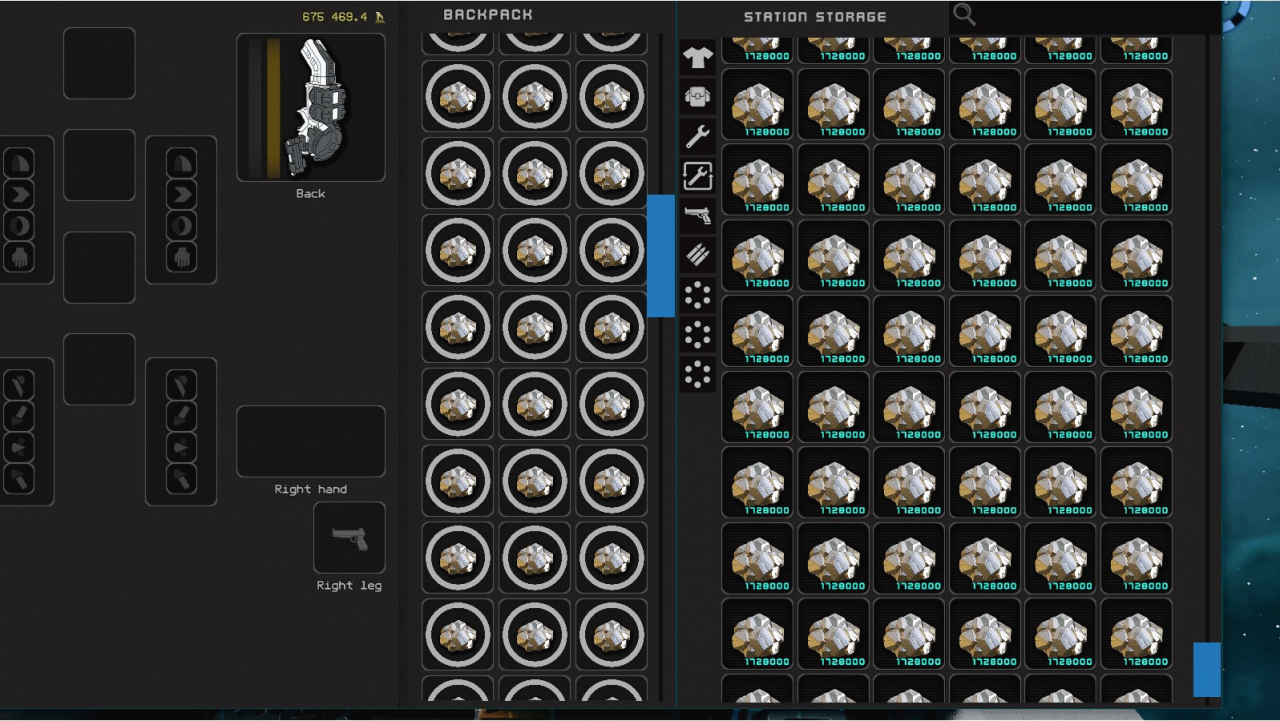
It is money time.
